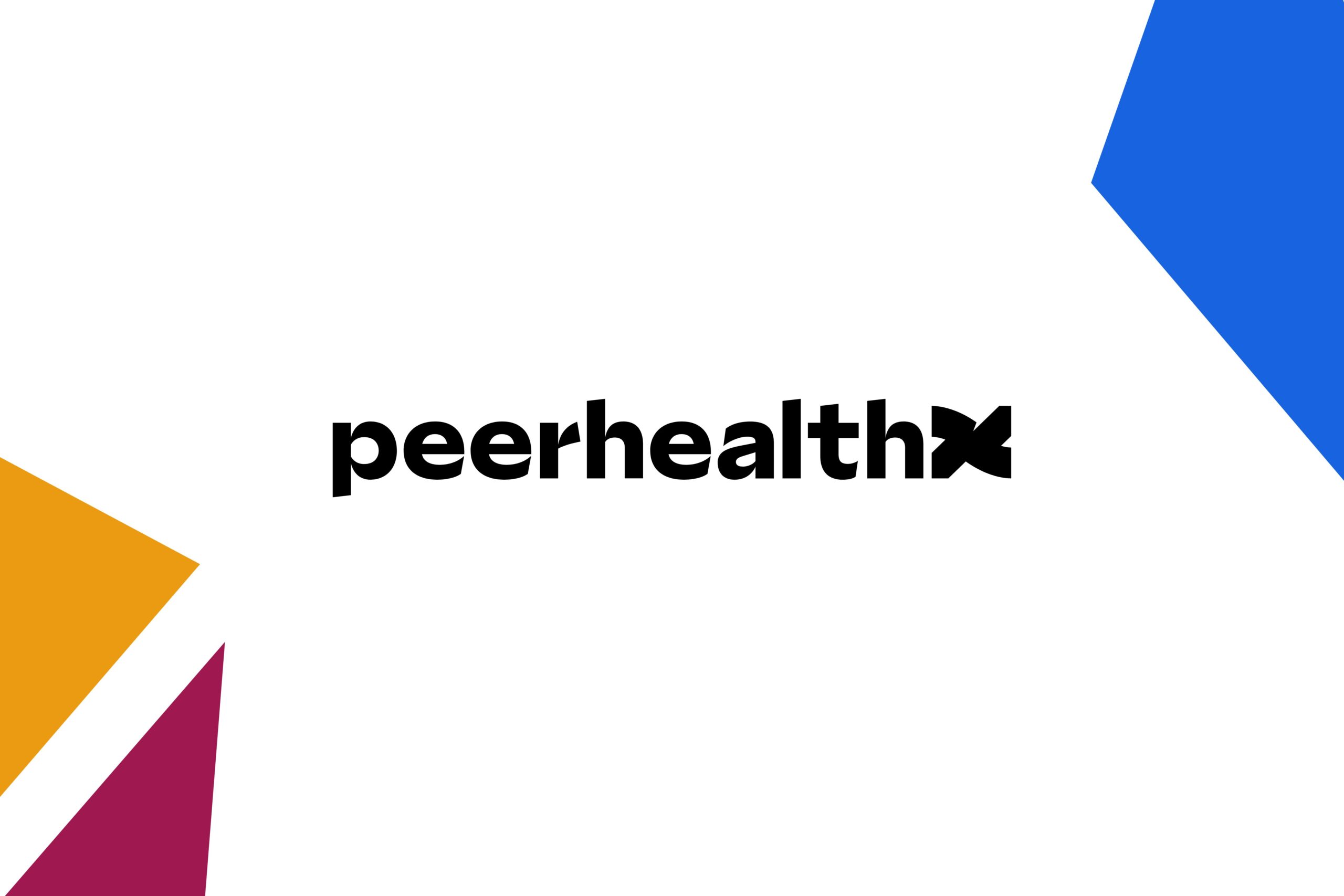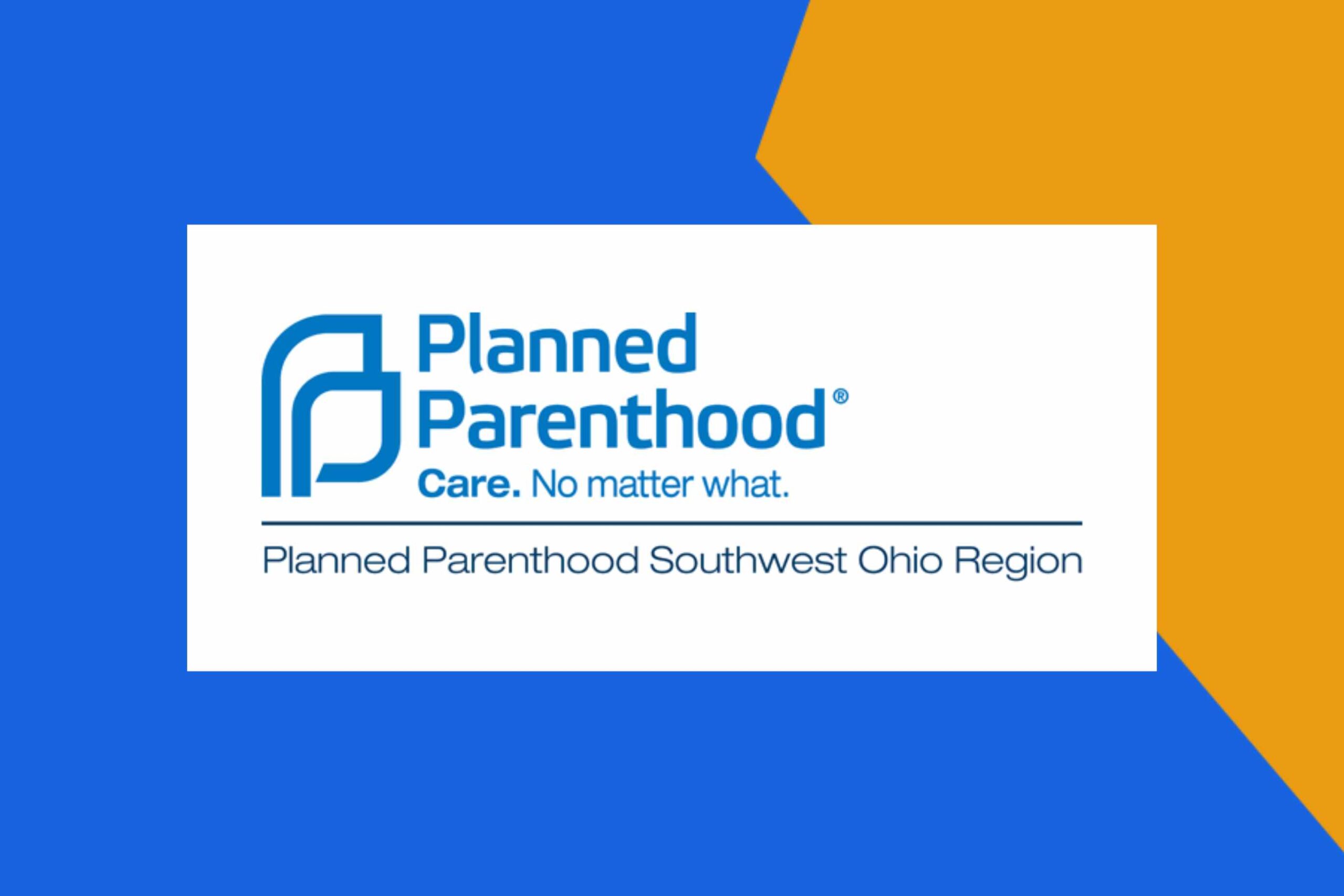
Take Action: Steps to Combat Bias in the Hiring Process
Most of us are aware of the role that bias can play in many aspects of our lives. We strive to be better community members by attempting to mitigate these personal biases in our everyday conversations and interactions with others.
But how often do those of us responsible for identifying, recruiting, and ultimately selecting candidates for roles in our company or organization stop to think about how bias may unknowingly impact hiring decisions?
What is Bias?
Before we dive into the impact that bias has on the hiring process, let’s back up a bit and make sure that we truly understand what bias is. In its simplest form, bias can be defined as a tendency to believe that some particular person, idea, or object is better or worse than another based on stereotypes, generalizations, perceptions, or any other unreliable source of information.
The actual concept of bias in the real world is a bit more complex. There are two main types of bias: explicit, and implicit. Explicit biases are the ones that get all the attention. These are the overt statements that we or others make that we are conscious of. However, as troubling as explicit biases may be, it is implicit biases that can often do the greatest harm, especially when it comes to hiring decisions.
How Does Bias Impact The Hiring Process?
Implicit bias has subtle ways of impacting candidate selection and the hiring process. We are often completely unaware of the ways that these ingrained habits and tendencies can influence our decisions. In some instances, these biases may even unwittingly steer the decisions of an entire hiring committee.
For instance, “groupthink” can become a very strong motivator that pushes or pulls a hiring committee into making a collective decision that may not truly represent the choice that the individual members of the group may have made, were they the sole decision maker.
We, humans, are social beings, and we are often inclined to go along with the crowd or to allow subtle social cues to overshadow more analytical reasoning. This can take the form of forming our decisions about a candidate’s worth based on the demeanor of the candidate, or the opinions of those in the group.
How Can Your Organization Develop Strategies to Mitigate Bias?
Because implicit bias is often an unconscious phenomenon that occurs without us being aware that it is happening, it can be difficult to combat, both within ourselves and within our businesses. However, having discussions about bias before interviews and making time to explore if biases are showing up in candidate assessments can help you and your team challenge any issues of fairness.
A bit of planning, conscientious rule establishment, and a genuine desire to promote equity in the selection process can go a long way toward mitigating many of the impacts of bias in the hiring environment.
First, develop and enforce a set of standardized hiring guidelines. This is an excellent way to keep unconscious bias from creeping into the candidate selection process. Organizations can introduce equity at the offset of the process by creating and adhering to a universal methodology for selecting, interviewing, and assessing candidates.
Next, take steps to reduce or eliminate affinity bias, by creating a framework for assessment that focuses on predetermined skill and knowledge-based questions and evaluate interviewees based solely on the quality of their responses versus how a response is delivered.
Then, increase equity in your selection process by standardizing as many portions of the interview and assessment phase as possible. Take a close look at each step, and ensure that you are asking the same questions, contacting the same number of references, and evaluating the same set of traits for each individual candidate.
Establishing Framework for Group Discussion
The final hurdle to creating greater equity in the hiring process is tackling the group dynamic that reinforces our own implicit biases. Fortunately, there are ways to reduce the influence of the group on hiring, without undermining the purpose of having a number of individuals involved in the making of hiring decisions.
Establish a solid framework for how and when group hiring discussions are appropriate throughout the course of candidate selection. Hiring committee members should be encouraged to form and submit individual decisions, prior to coming together as a group to discuss and reach a final decision. This framework allows each committee member to come to their own conclusions and establishes a record of those decisions before the social dynamic of the group discussion enters the arena.
Final Thoughts
Eliminating bias in all of its forms is a daunting task, but it is an incredibly rewarding, and important goal. Use the tips listed above as a jumping-off point to start introducing equity into your organization’s candidate selection process, and set an organization-wide goal to strive for improvement in other areas of your operation going forward. You can also utilize our free, 90-minute Talent Equity Assessment to help guide your decision-making. The first step is always the hardest, but it is made much easier when you know that you are embarking on the right path!





